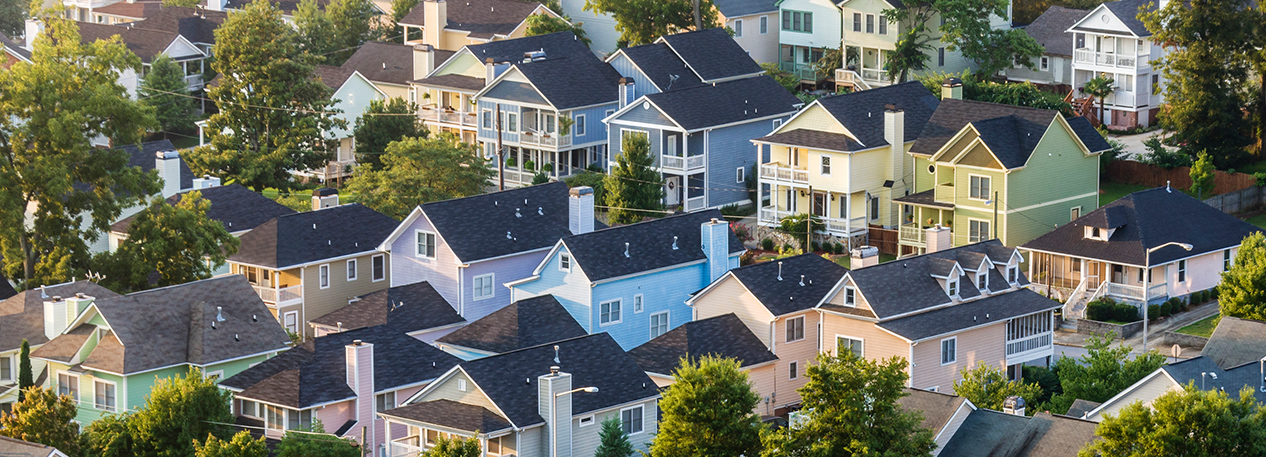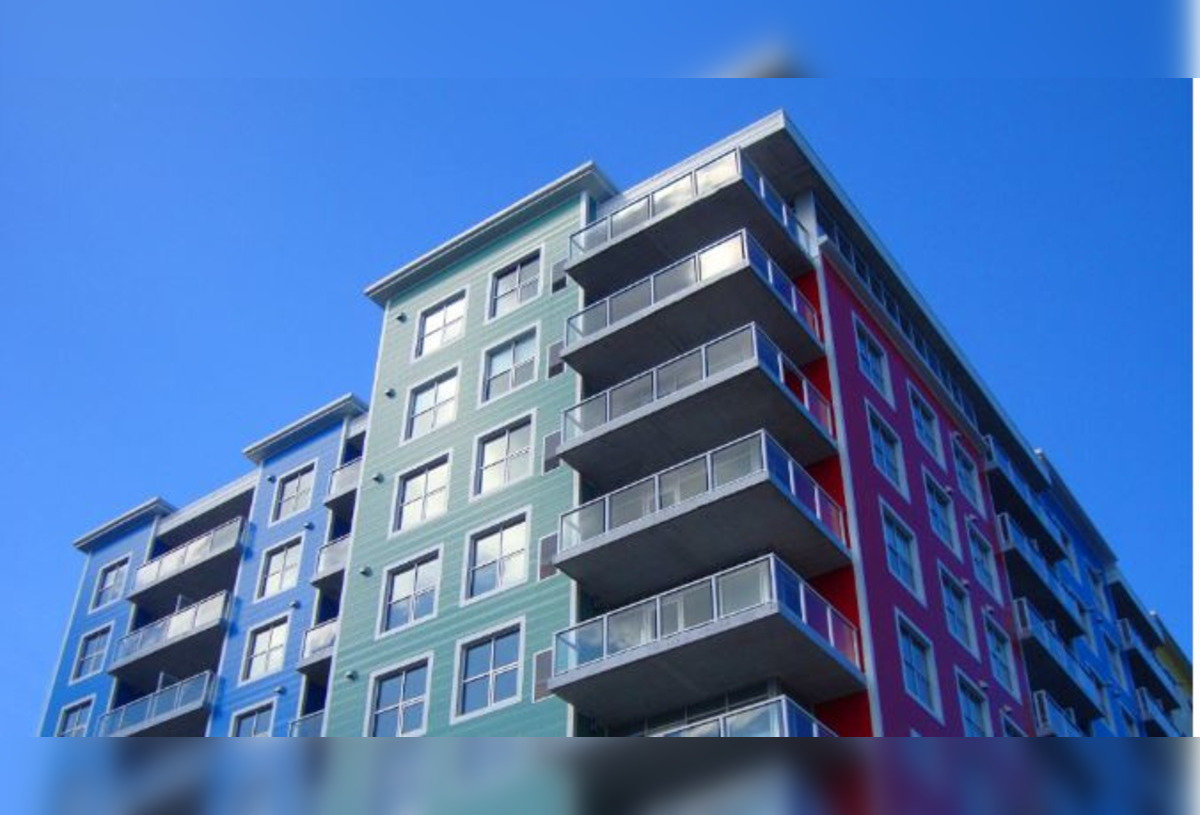




The housing market has been a focal point of economic discussion, especially in light of historical trends and recent challenges. The housing bubble of the 2000s serves as a critical case study in understanding the dynamics of real estate markets. This bubble began in the late 1990s and early 2000s, fueled by low interest rates following the dot-com bust and the 9/11 attacks. Relaxed lending standards led to a surge in subprime mortgages, and the American Dream Downpayment Act of 2003 further increased homeownership rates. Between 2000 and 2006, home prices rose dramatically, with Miami experiencing a staggering 180% increase, Los Angeles 175%, and Washington, D.C. 150%. Financial innovations, such as mortgage-backed securities (MBS), collateralized debt obligations (CDOs), and credit default swaps (CDS), played a significant role in inflating the bubble. However, signs of trouble emerged in 2006 when home prices plateaued and foreclosures began to rise. The bubble ultimately burst in 2007, leading to a financial crisis that peaked with the collapse of Lehman Brothers in September 2008 and a subsequent unemployment rate of 10% in October 2009. By 2011, 30% of homeowners found themselves underwater on their mortgages. In response, the Dodd-Frank Act of 2010 was enacted to reform the financial sector and prevent a recurrence of such a crisis. The global repercussions of the crisis have sparked ongoing debates about regulatory oversight and monetary policy. Today, the housing market reflects tighter lending standards, with homeownership rates remaining below the 2004 peak of 69.2%. [acb4d04c]
In the present context, many Americans are still grappling with inflation and economic uncertainty. A recent survey by Fannie Mae revealed that 78% of respondents believe the economy is on the 'wrong track,' with inflation being the primary concern. The survey also indicated that 85% of consumers view the current time as unfavorable for buying a home, primarily due to high prices and mortgage rates. The sentiment towards home buying has worsened, with only 15% believing it's a good time to purchase. Meanwhile, the Austin housing market has been particularly affected by these trends, revealing a severe shortage of affordable housing. A report by the Austin Board of Realtors highlighted that over half of four-person households earning 80% or less of the median family income face a significant shortage of homes, with an estimated 211,023 affordable homes needed. [7224f54d]
Despite the challenges, Austin has welcomed over 90,000 new housing units in the past decade, although there has been a noticeable slowdown in housing production compared to previous years. The city has experienced the fastest household growth among major U.S. cities, indicating a fundamental shift in its demographic landscape. However, the current economic climate has led to cooling in home prices and sales volume, making the market more favorable for buyers, albeit still lacking in affordable options. [8f61eeb8]
The broader U.S. housing market is also witnessing significant changes. Recent data shows that the number of cities with housing markets valued at over one trillion dollars has doubled from four to eight, including Chicago, Phoenix, and Anaheim. The total value of homes across the country has surged to a record $49.6 trillion. Additionally, a new analysis by the Federal Reserve Bank of Philadelphia highlights historical housing price trends, revealing that traditional rental indexes may underestimate rent growth. This divergence between stable rental rates and volatile sales prices since the 1970s underscores the complexities of the housing market. [c9a02378]
As the housing market continues to evolve, lessons from the 2000s bubble remain relevant. The interplay of interest rates, lending standards, and economic policy will be crucial in shaping the future of homeownership and housing affordability in the United States. [c8de30f2]